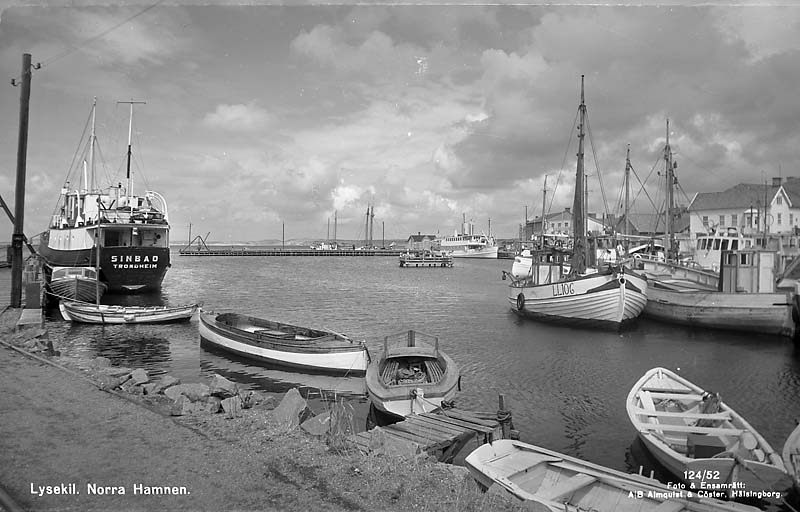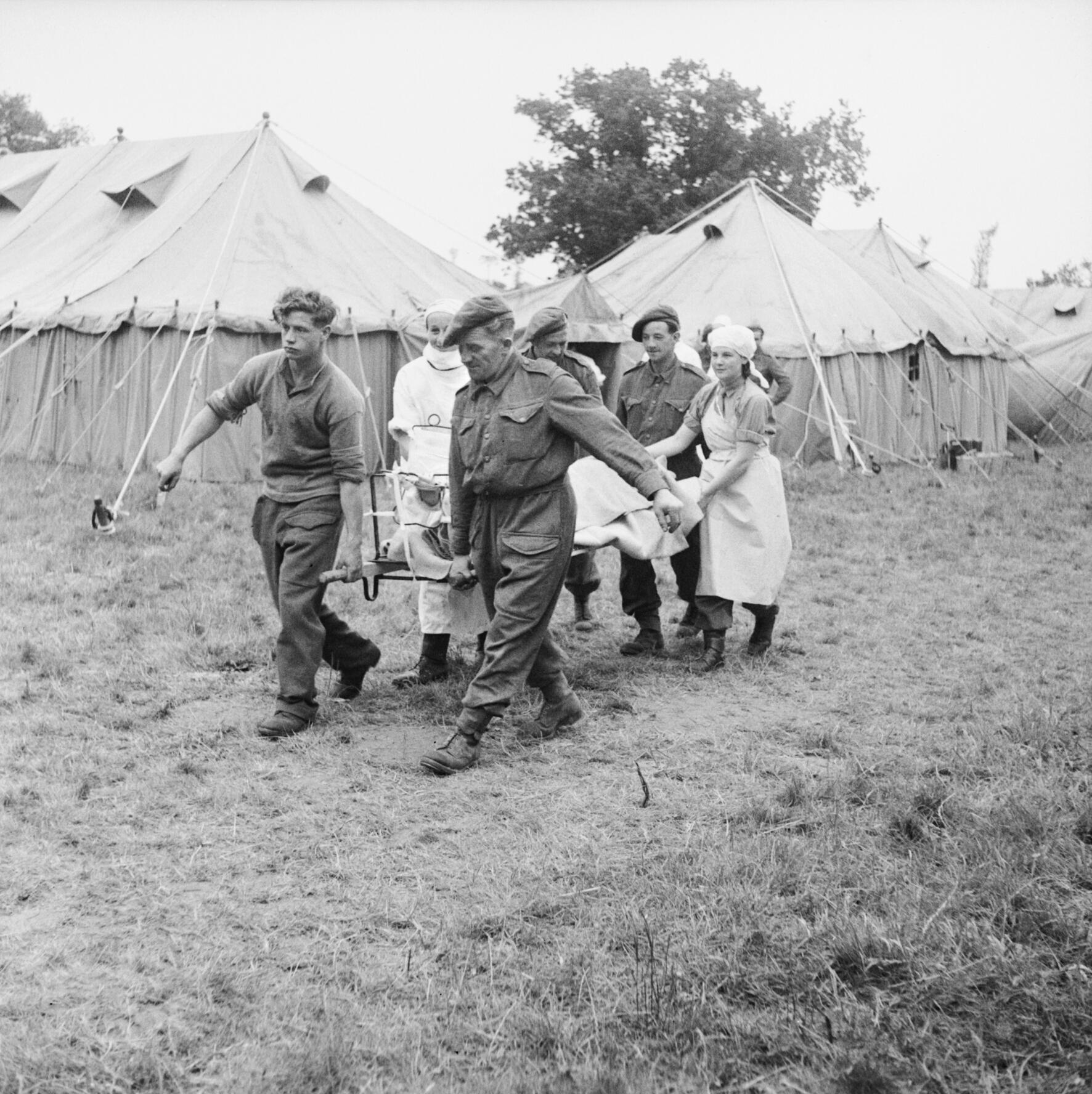|
Älvsborg Coastal Artillery Regiment
The Älvsborg Coastal Artillery Regiment ( sv, Älvsborgs kustartilleriregemente), designation KA 4, was a Swedish Navy coastal artillery regiment of the Swedish Armed Forces which operated between 1942 and 2000. The unit was based in Gothenburg. History After the Swedish Coastal Artillery was established in 1902, intended for manning the Sweden's coastal fortifications, it was decided that a detachment from the Karlskrona Coastal Artillery Regiment (KA 2) called Älvsborg Coastal Artillery Detachment, would be located in Gothenburg. The existing facilities at Nya Varvet were placed at the disposal of the coastal artillery. Thus, Gothenburg's coastal artillery had begun its existence. Over the years, many and major changes have occurred. Älvsborg Fortress, started in 1899 and completed in modern condition in 1907, was placed in a materiel reserve in 1926. On 1 January 1915, Älvsborg Coastal Artillery Detachment (KA 2 Ä) became Älvsborg Coastal Artillery Corps (KA 3). The cor ... [...More Info...] [...Related Items...] OR: [Wikipedia] [Google] [Baidu] |
Älvsborg Fortress
Älvsborg Fortress ( sv, Älvsborgs fästning), with its main facility Oscar II's Fort ( sv, Oscar II:s fort) built 1899–1907, is a now-defunct Swedish fortification located at the mouth of the Göta River in the Älvsborg district of Gothenburg, Sweden. History Construction of the fortress began in 1899 and was completed in modern condition in 1907. In 1904 the name Älvsborg Fortress was given to the new coastal fortress at the mouth of the Göta River, whose strongest fortification, Oscar II's Fort, started construction in 1899 on Västerberget. The fortress, whose task, like previous fortresses, was to secure both Gothenburg and the Port of Gothenburg and the Swedish Navy's rallying point there against attacks from the sea, was in 1907 equipped with new modern artillery guns. The main body of the fortress consisted of two 24 cm guns model of 1904 mounted on disappearing carriages and some 15 cm gun turrets and other light guns. The fort, which is immersed in the basement ... [...More Info...] [...Related Items...] OR: [Wikipedia] [Google] [Baidu] |
Swedish Armed Forces Centre For Defence Medicine
The Swedish Armed Forces Centre for Defence Medicine ( sv, Försvarsmedicincentrum, FömedC) is a tri-service military medicine center in the Swedish Armed Forces. Its staff is made up of officers, civilian specialists, group commanders and officer reservists – tasked with ensuring care is provided during peacetime, on international missions, at times of crisis and in combat. History The Swedish Armed Forces Center for Defense Medicine has its roots in the Medical Board of the Royal Swedish Army Materiel Administration (and the Medical Inspectorate), which was established in 1906. On 1 January 1944, the Medical Services Administration of the Swedish Armed Forces (''Försvarets sjukvårdsförvaltning'') was established. The Medical Services Administration of the Swedish Armed Forces took over tasks that had previously been entrusted to the Royal Swedish Army Materiel Administration, the Royal Swedish Naval Materiel Administration and the Royal Swedish Air Force Materiel Administr ... [...More Info...] [...Related Items...] OR: [Wikipedia] [Google] [Baidu] |
Göta Wing
Göta Wing ( sv, Göta flygflottilj), also F 9 Säve, or simply F 9, was a Swedish Air Force wing with the main base located near Gothenburg in south-west Sweden. History The decision to set up the air wing was made in 1936 to defend the import/export harbours on the west coast. The wing itself was not commissioned until October 1, 1940 and the airfield took until 1941 to complete. Initially, two squadrons of J 8 fighters were commissioned in 1940, but they were quickly replaced by three squadrons of J 11s. In 1942 hangars and some of the base command were relocated inside large shelters blasted out of the rocks. Initially the shelter area was only 8,000 m² (72,000 sq ft.) but it was later extended to 22,000 m² (200,000 sq ft.) 30 m (100 ft) below ground level. During 1943, the J 11s were replaced by J 22s and subsequently by J 21s in 1946. The J 21s served for only three years until 1949 when they were replaced by the J 28B. After yet only two years the ... [...More Info...] [...Related Items...] OR: [Wikipedia] [Google] [Baidu] |
Säve
Säve is a locality situated in Göteborg Municipality, Västra Götaland County, Sweden. It had 743 inhabitants in 2010. The origin of the name ''Säve'' is the Old Swedish word "sjöe" (Modern Swedish "sjö"), meaning "lake". See also * F 9 Säve military airbase ** Gothenburg City Airport Gothenburg (; abbreviated Gbg; sv, Göteborg ) is the second-largest city in Sweden, fifth-largest in the Nordic countries, and capital of the Västra Götaland County. It is situated by the Kattegat, on the west coast of Sweden, and has a ... * Säve Church * Tuve References Populated places in Västra Götaland County Populated places in Gothenburg Municipality Hisingen {{VästraGötaland-geo-stub ... [...More Info...] [...Related Items...] OR: [Wikipedia] [Google] [Baidu] |
Riksdag
The Riksdag (, ; also sv, riksdagen or ''Sveriges riksdag'' ) is the legislature and the supreme decision-making body of Sweden. Since 1971, the Riksdag has been a unicameral legislature with 349 members (), elected proportionally and serving, since 1994, fixed four-year terms. The 2022 Swedish general election is the most recent general election. The constitutional mandates of the Riksdag are enumerated in the '' Instrument of Government'' (), and its internal workings are specified in greater detail in the Riksdag Act ().Instrument of Government as of 2012. Retrieved on 16 November 2012. [...More Info...] [...Related Items...] OR: [Wikipedia] [Google] [Baidu] |
Kustjägarna
The 202nd Coastal Ranger Company ( sv, 202. kustjägarkompaniet, or , KJ) is an amphibious special operations capable ranger unit within the Swedish Amphibious Corps, which is the maritime land force arm of the Swedish Navy. History The embryo for the formation of the coastal rangers began with a discussion at the Coastal Artillery Club () on 4 December 1950. The introductory speech about commandos was made by Captain Bertil Stjernfelt. During the evening, three Swedish officers with war experience told the demands that should be placed on Swedish commandos. These three men were Lieutenant Colonel Malcolm Murray who commanded the 2nd Ranger Company of the Swedish Volunteer Corps at Hanko in Finland in 1941, Gösta Benckert with war experience from both Finland and Norway, and the paratrooper Erik G:son Lewenhaupt, with experience of fighting in Normandy, among other places. The next step was the training of four Swedish officers at the Royal Marines and the French amphibi ... [...More Info...] [...Related Items...] OR: [Wikipedia] [Google] [Baidu] |
Lysekil
Lysekil () is a locality and the seat of Lysekil Municipality in Västra Götaland County, Sweden. It had about 7,600 inhabitants in 2018. Situated on the south tip of Stångenäs peninsula at the mouth of Gullmarn fjord, it has two nature reserves. Originally a small fishing village, it developed into a town for fishing industries, commercial shipping and trade during the 18th and 19th centuries. Stone industry based on the red Bohus granite from quarries in the town, was also vital to Lysekil up until the 1950s. One of Sweden's largest oil refineries, Preemraff Lysekil is situated outside the town. During the 19th century, Lysekil was established as a prominent spa and bathing resort and tourism still makes up a large part of the town's economy. History Lysekil is first mentioned in 1570. It was originally an estate belonging to Lyse farm further inland. The population lived mostly on fishing and commercial shipping. The first settlement was on the north side on the ti ... [...More Info...] [...Related Items...] OR: [Wikipedia] [Google] [Baidu] |
Mess
The mess (also called a mess deck aboard ships) is a designated area where military personnel socialize, eat and (in some cases) live. The term is also used to indicate the groups of military personnel who belong to separate messes, such as the officers' mess, the chief petty officer mess, and the enlisted mess. In some civilian societies this military usage has been extended to the eating arrangements of other disciplined services such as fire fighting and police forces. The root of ''mess'' is the Old French ''mes'', "portion of food" (cf. modern French ''mets''), drawn from the Latin verb ''mittere'', meaning "to send" and "to put" (cf. modern French ''mettre''), the original sense being "a course of a meal put on the table"; cfr. also the modern Italian ''portata'' with the same meaning, past participle of ''portare'', ''to bring''. This sense of ''mess'', which appeared in English in the 13th century, was often used for cooked or liquid dishes in particular, as in the "mess o ... [...More Info...] [...Related Items...] OR: [Wikipedia] [Google] [Baidu] |
Käringberget
Käringberget is an area in the Älvsborg district in Gothenburg, Sweden. The name Käringberget has been used since the 1530s, through the former homestead ''Käringberget'' and was then written ''Kerlingeborg''. The name development has been; Kiæringhaberik (1565), Kiäringeberget (1573–1679), ''Kierringeberget'' (1777), Kärringeberget (1825). The name contains ''käring'' in the meaning "sea mark, cairn for guidance for seafarers". Signaling from the mountain is mentioned around the year 1774. ''Käringebergs rös'' ("Käringeberg's cairn") was demolished around 1896 in connection with the Swedish state buying the land. The local tradition, however, states this interpretation of the name: "When all the men had been out on the lake and approached the home, they used to see the ladies standing on the mountain and looking for them." In 1887, a cistern was built at Käringberget, manufactured at Lindholmen's workshop, which held 12,000 barrels of petroleum. The cistern was ... [...More Info...] [...Related Items...] OR: [Wikipedia] [Google] [Baidu] |
Fireman (steam Engine)
A fireman, stoker or watertender is a person whose occupation it is to tend the fire for the running of a boiler, heating a building, or powering a steam engine. Much of the job is hard physical labor, such as shoveling fuel, typically coal, into the boiler's firebox. On steam locomotives the title ''fireman'' is usually used, while on steamships and stationary steam engines, such as those driving saw mills, the title is usually ''stoker'' (although the British Merchant Navy did use ''fireman''). The German word ''Heizer'' is equivalent and in Dutch the word ''stoker'' is mostly used too. The United States Navy referred to them as ''watertenders''. Nautical Royal Navy The Royal Navy used the rank structure ordinary stoker, stoker, leading stoker, stoker petty officer and chief stoker. The non-substantive (trade) badge for stokers was a ship's propeller. Stoker remains the colloquial term used to refer to a marine engineering rating, despite the decommissioning of the ... [...More Info...] [...Related Items...] OR: [Wikipedia] [Google] [Baidu] |
Combat Service Support
The term combat service support (or CSS) is utilized by numerous military organizations throughout the world to describe entities that provide direct and indirect sustainment services to the groups that engage (or are potentially to be engaged) in combat. United Kingdom Defense Secretary Philip Hammond has described the United Kingdom's armed forces as having "teeth", units that are trained and equipped for actual fighting, that cannot function without an able, innovative "tail", units providing assistance such as logistical and transport capabilities. Specific groups involved in the U.K. armed forces include the Royal Army Medical Corps and Royal Logistic Corps. United States Also known as (CSS) falls under the umbrella of the United States Department of Defense providing the following support activities to a military division, brigade, battalion and other formations. In the United States, the term combat service support has been phased-out in favor of the term "sus ... [...More Info...] [...Related Items...] OR: [Wikipedia] [Google] [Baidu] |





